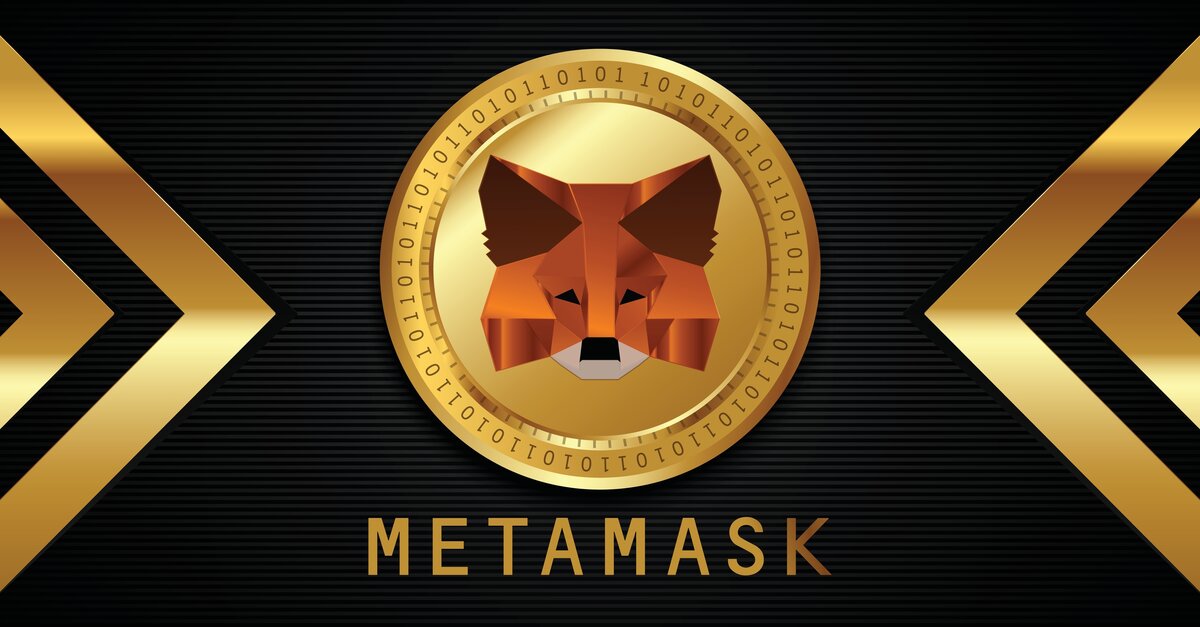In the rapidly evolving world of blockchain and cryptocurrencies, MetaMask has emerged as one of the most popular and essential tools for managing digital assets and interacting with decentralized applications (dApps). As the use of Ethereum and other blockchain platforms expands, the need for easy access and secure management of these networks has never been greater. MetaMask fulfills this need by serving as both a cryptocurrency wallet and a bridge to the decentralized web.
What is MetaMask?
MetaMask is a software-based cryptocurrency wallet that enables users to interact with the Ethereum blockchain and other compatible networks. While it originally started as a browser extension for Chrome, Firefox, and Brave, MetaMask has since expanded to offer mobile apps for iOS and Android, making it accessible to a wider audience. The wallet allows users to store Ether (ETH), ERC-20 tokens, and NFTs (Non-Fungible Tokens), and gives them the ability to engage with a wide range of dApps and decentralized finance (DeFi) platforms.
At its core, MetaMask is a non-custodial wallet, which means that users control their private keys and are responsible for their funds. Unlike centralized platforms, where a third-party service manages your assets, MetaMask empowers individuals to take ownership of their digital wealth securely.
Key Features of MetaMask
- User-Friendly Interface: MetaMask is designed with the user in mind. Whether you are a seasoned crypto user or a beginner, the wallet’s intuitive design and step-by-step setup guide make it easy to get started. The browser extension integrates seamlessly with websites that support Ethereum-based services, so users can interact with their favorite dApps without the hassle of switching between platforms.
- Multi-Network Support: While MetaMask initially supported only the Ethereum network, it now allows users to connect to a variety of blockchain networks, including Binance Smart Chain, Polygon, Avalanche, and more. This multi-network compatibility opens the door to a broader ecosystem of decentralized applications, such as decentralized exchanges (DEXs), NFT marketplaces, and DeFi lending protocols.
- Secure Transactions: Security is a top priority for MetaMask. The wallet uses advanced encryption techniques to keep users’ private keys safe. Additionally, transactions require user authentication via a secure password or biometric authentication, providing an extra layer of protection. For users who are more security-conscious, MetaMask also supports hardware wallet integration, such as Trezor and Ledger, allowing for even more secure, offline storage of digital assets.
- Access to Decentralized Applications (dApps): One of MetaMask’s most significant advantages is its seamless integration with dApps. By using MetaMask, users can engage with a variety of decentralized platforms, from decentralized exchanges like Uniswap to NFT marketplaces such as OpenSea. The wallet acts as a bridge between the user and the decentralized web, simplifying interactions with complex blockchain technologies.
- Token Swaps: MetaMask enables users to swap various tokens directly within the wallet, making it easier to exchange assets without needing to visit an external exchange. The wallet sources liquidity from a variety of decentralized exchanges to provide competitive rates.
- Custom Tokens and Networks: MetaMask allows users to add custom tokens that may not appear in the default token list. Additionally, users can connect to different Ethereum-based or alternative blockchain networks, giving them full control over which assets and networks they wish to engage with.
How Does MetaMask Work?
MetaMask works by generating a set of private keys that are stored locally on the user’s device. These private keys are crucial for signing transactions, authorizing actions, and proving ownership of assets. When a user connects MetaMask to a dApp, the dApp can request permission to access the user’s wallet in a secure and controlled manner. The user can approve or reject these requests through the MetaMask interface, ensuring full control over their funds and activities.
When a user sends a transaction (such as transferring tokens or interacting with a smart contract), MetaMask signs the transaction with the private key and broadcasts it to the appropriate blockchain network. The transaction is then processed by the network, and the user’s assets are updated accordingly. All of this is done in a transparent and secure manner, with MetaMask providing real-time updates about the transaction status.
Security and Privacy
While MetaMask provides robust security features, the responsibility for securing private keys ultimately lies with the user. MetaMask’s non-custodial nature means that if users lose their private keys or recovery seed phrase, they will lose access to their assets permanently.
To help users safeguard their wallets, MetaMask offers a 12-word recovery phrase when creating a new wallet. This phrase serves as a backup in case the user’s device is lost, stolen, or damaged. It’s crucial that users store this phrase in a safe place and never share it with anyone.
MetaMask also offers a feature called “Phishing Detection,” which helps protect users from malicious websites and dApps that attempt to steal private keys or funds. By warning users about suspicious sites, MetaMask adds an extra layer of security when browsing the decentralized web.
The Future of MetaMask
As blockchain technology continues to evolve, MetaMask is likely to play an even more significant role in shaping the future of decentralized finance and the Web3 movement. The wallet’s ability to support multiple networks and tokens positions it as a key player in the broader ecosystem, enabling users to interact with a wide range of blockchain applications.
One area of development to watch is MetaMask’s potential integration with more advanced Layer 2 scaling solutions, which aim to reduce the high fees and slow transaction times associated with Ethereum’s mainnet. Additionally, the rise of decentralized autonomous organizations (DAOs) and other Web3 initiatives may drive further adoption of MetaMask as a tool for governance, voting, and participation in decentralized communities.
In conclusion, MetaMask is more than just a cryptocurrency wallet—it’s a gateway to the decentralized web. Whether you’re sending tokens, collecting NFTs, or exploring DeFi platforms, MetaMask makes blockchain interactions easy, secure, and accessible to all. As the decentralized ecosystem continues to grow, MetaMask is likely to remain a foundational tool for users who want to take control of their digital assets and participate in the future of the internet.


